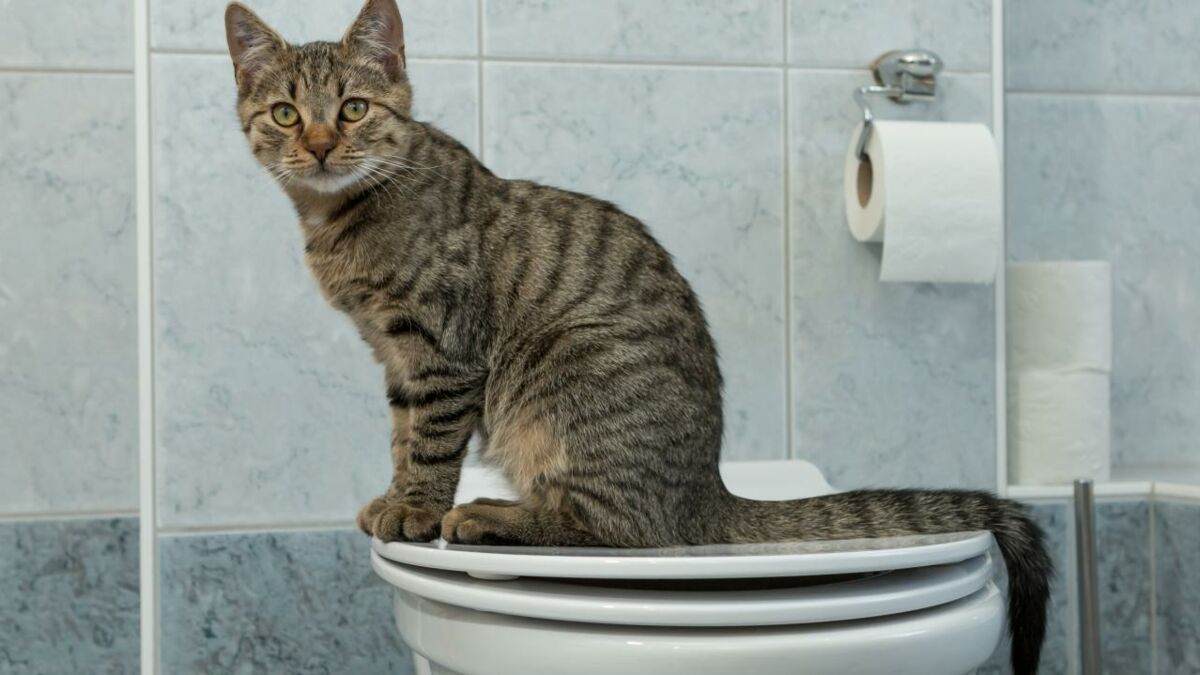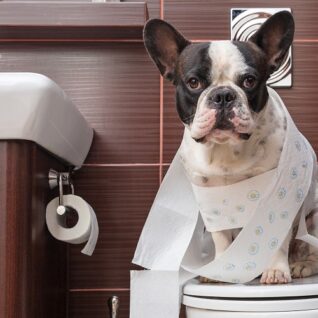An Significance of Proper Disposal of Animal Waste
An Significance of Proper Disposal of Animal Waste
Blog Article
The article which follows relating to Should you flush animal waste down the toilet is seriously motivating. Don't skip it.

When it pertains to disposing of waste, especially animal waste, lots of people commonly turn to the convenient alternative of flushing it down the toilet. However, this relatively easy service can have severe consequences for the setting and public health. In this short article, we'll explore why flushing animal waste down the bathroom is a negative idea and supply alternate methods for proper disposal.
Intro
Appropriate waste disposal is essential for keeping environmental sustainability and public health. While it may appear harmless to purge animal waste down the bathroom, it can lead to numerous problems, both for the setting and human wellness.
Threats of flushing pet waste
Environmental influence
Flushing pet waste introduces dangerous bacteria and microorganisms right into waterways, which can adversely impact water environments. These virus can contaminate water resources and injury marine life, interrupting fragile ecosystems.
Public health issues
Animal waste consists of unsafe microorganisms such as E. coli and Salmonella, which can pose major health and wellness dangers to people. Purging pet waste down the bathroom can pollute water materials, resulting in the spread of diseases and infections.
Alternatives to flushing
Rather than flushing pet waste down the commode, there are a number of alternate disposal methods that are extra environmentally friendly and hygienic.
Composting
Composting pet waste is an environmentally friendly way to deal with read more it. By composting, organic matter is broken down right into nutrient-rich soil, which can be used to fertilize gardens and plants.
Land fill disposal
Throwing away pet waste in a land fill is one more alternative. While not as environmentally friendly as composting, it is a more secure choice to flushing, as it avoids the contamination of water sources.
Pet garbage disposal systems
There are specialized pet garbage disposal systems offered that safely and hygienically take care of animal waste. These systems commonly use enzymes to break down waste and remove odors.
Actions to appropriate pet garbage disposal
To guarantee appropriate disposal of animal waste, comply with these actions:
Scooping and bagging waste
On a regular basis scoop and bag pet waste using naturally degradable bags. This stops waste from infecting the setting.
Making use of marked waste containers
Dispose of bagged animal waste in assigned waste bins, such as compost bins or landfill bins. Stay clear of flushing it down the commode in all expenses.
Cleansing can and animal areas routinely
Regularly tidy litter boxes and pet dog locations to prevent the build-up of waste and germs. Usage pet-safe cleansing products to keep hygiene.
Advantages of appropriate disposal methods
Embracing proper disposal approaches for animal waste uses numerous benefits:
Lowered environmental pollution
Correct disposal methods lower the risk of environmental pollution, protecting rivers and communities from contamination
Minimized danger of water contamination.
By staying clear of flushing pet waste down the toilet, the risk of water contamination is substantially lowered, safeguarding public health.
Enhanced cleanliness and health
Appropriate disposal approaches advertise far better hygiene and health, creating a safer environment for both humans and pets.
Verdict
Finally, purging animal waste down the bathroom is damaging to the environment and public health. By adopting different disposal approaches and adhering to appropriate waste management techniques, we can lessen the negative influence of animal waste and add to a cleaner, much healthier world.
What To Do With Dog Poo – The Do's And Don'ts Of Disposing Of Faeces
Dog poo bins
Some councils provide dedicated dog waste bins in popular dog-walking areas that can take dog poo that has been bagged but you can legally dispose of dog waste in any public litter bin, as long as it is securely bagged. This also applies to your wheelie bin at home.
Do not flush
Water companies do not recommend flushing dog faeces down the toilet because certain parasites can survive the water processing treatment and are potentially harmful to humans. You should also never consider flushing dog poo that has been bagged down the toilet as the bags will not break down and instead create severe blockages in the sewage system.
In the woods
The Forestry Commission promotes a ‘stick and flick’ method for dealing with waste in the woods. This means finding a stick and using it to flick any poo from off the path so that it is out of the way of other walkers. You could also bury it as long as it is not in an area where there might be livestock.
Livestock
Parasites found in dog poo can be transmitted to livestock if they inadvertently eat infected faeces that has been left on grazing land. This could result in the death of sheep or abortion in cattle so you should always make sure you pick up your dog’s waste in fields where livestock could be present.

Regularly tidy litter boxes and pet dog locations to prevent the build-up of waste and germs. Usage pet-safe cleansing products to keep hygiene.
Advantages of appropriate disposal methods
Embracing proper disposal approaches for animal waste uses numerous benefits:
Lowered environmental pollution
Correct disposal methods lower the risk of environmental pollution, protecting rivers and communities from contamination
Minimized danger of water contamination.
By staying clear of flushing pet waste down the toilet, the risk of water contamination is substantially lowered, safeguarding public health.
Enhanced cleanliness and health
Appropriate disposal approaches advertise far better hygiene and health, creating a safer environment for both humans and pets.
Verdict
Finally, purging animal waste down the bathroom is damaging to the environment and public health. By adopting different disposal approaches and adhering to appropriate waste management techniques, we can lessen the negative influence of animal waste and add to a cleaner, much healthier world.
What To Do With Dog Poo – The Do's And Don'ts Of Disposing Of Faeces
Dog poo bins
Some councils provide dedicated dog waste bins in popular dog-walking areas that can take dog poo that has been bagged but you can legally dispose of dog waste in any public litter bin, as long as it is securely bagged. This also applies to your wheelie bin at home.
Do not flush
Water companies do not recommend flushing dog faeces down the toilet because certain parasites can survive the water processing treatment and are potentially harmful to humans. You should also never consider flushing dog poo that has been bagged down the toilet as the bags will not break down and instead create severe blockages in the sewage system.
In the woods
The Forestry Commission promotes a ‘stick and flick’ method for dealing with waste in the woods. This means finding a stick and using it to flick any poo from off the path so that it is out of the way of other walkers. You could also bury it as long as it is not in an area where there might be livestock.
Livestock
Parasites found in dog poo can be transmitted to livestock if they inadvertently eat infected faeces that has been left on grazing land. This could result in the death of sheep or abortion in cattle so you should always make sure you pick up your dog’s waste in fields where livestock could be present.

I discovered that review about Should you flush animal waste down the toilet when doing a lookup on the internet. Sharing is caring. Helping others is fun. Thanks for being here. Revisit us soon.
Get Your Estimate Now Report this page